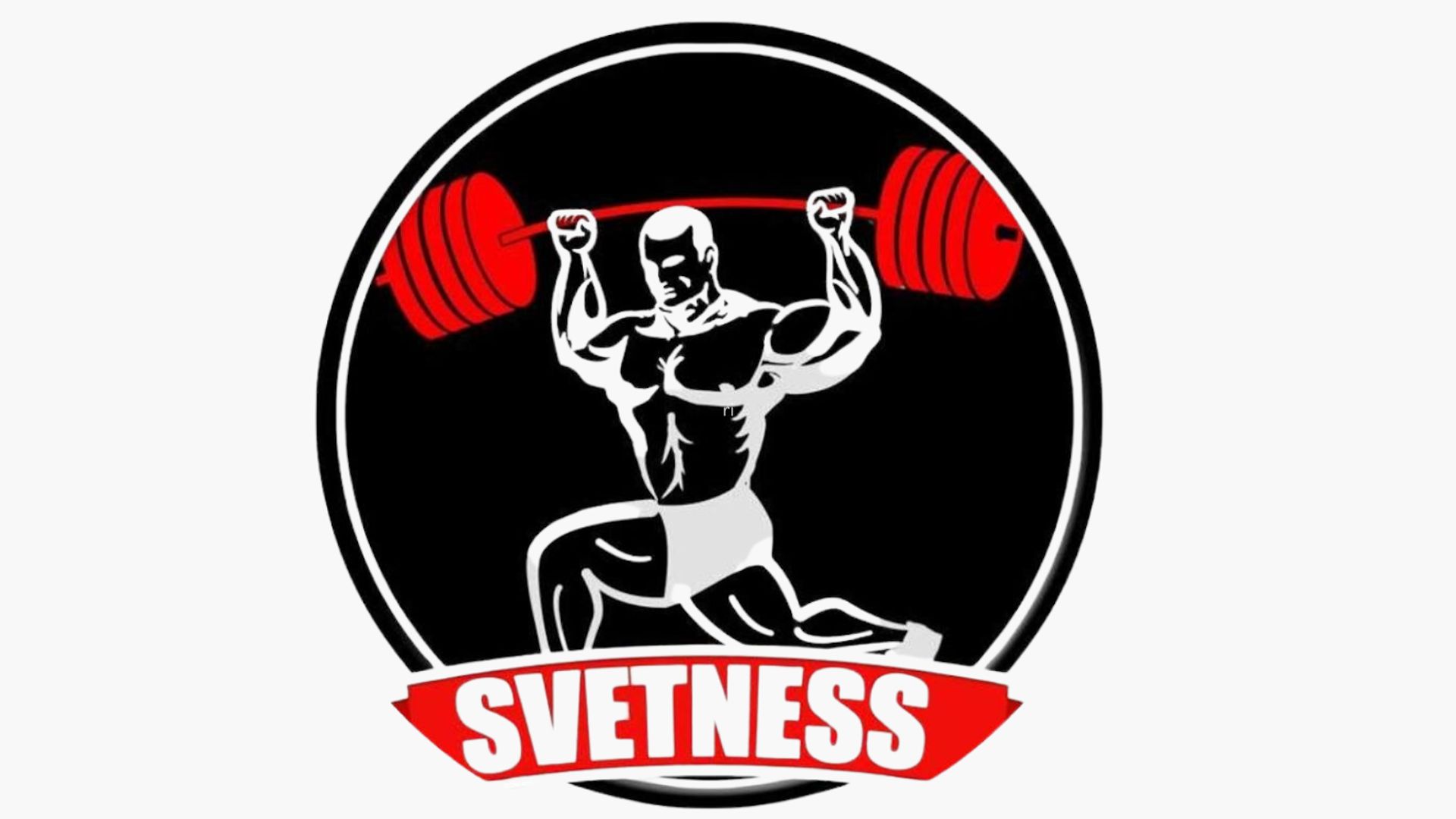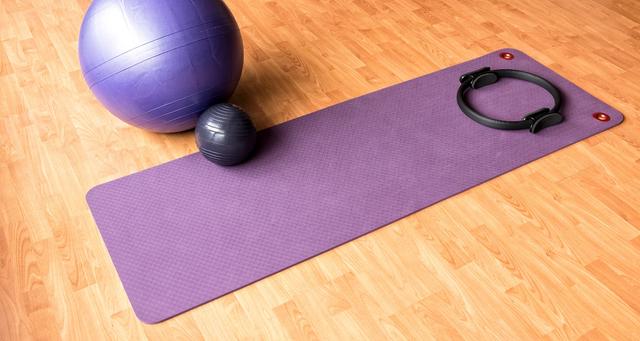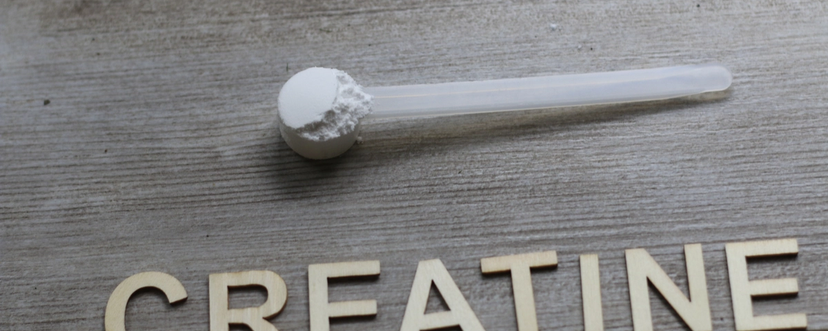Leg day has a pretty brutal reputation among fitness enthusiasts, so adding cardio is a big no-no, right? Not necessarily. If you want to combine cardio and leg training, this guide will help you do so in a sensible, sustainable way.
Leg day has a reputation in the fitness world. It is often seen as the toughest workout of the week, the one that leaves you walking a little slower and makes you feel the muscles you forgot you had.
With that much effort already going into strength training, it is natural to wonder: Should you do cardio on leg day too?
Some people swear by combining both types of training in the same session, while others warn that it could sabotage your progress. The truth is that the right answer depends on your goals, your current fitness level, and how you approach your workouts.
Understanding the benefits and potential pitfalls can help you decide whether cardio belongs on your leg day (and how to do it wisely if it does).
In this blog, we'll break down what happens during leg day, the pros and cons of incorporating cardio training, and how to structure your workouts for optimal results without slowing your progress.
What’s So Special About Leg Day?

Before deciding if cardio is invited to your leg day routine, it helps to understand what makes leg training unique.
Leg day is not just about building stronger quads or glutes. It challenges your entire body’s strength, endurance, and energy systems all at once, often requiring more recovery and focus than other training days.
When you target your lower body, you're working some of the largest muscles in your body; groups that require a lot of energy and coordination. This means that leg training places greater stress on your cardiovascular system, your nervous system, and your overall energy stores than a typical workout.
Understanding all of the above can help you better assess how much more work your body can handle after a tough session. Let’s take a look at some of the key components of leg workouts:
What Makes Leg Day So Demanding?
Exercises like squats, lunges, deadlifts, and leg presses are compound movements. This means they engage multiple joints and muscle groups simultaneously. Instead of isolating a small area, you are coordinating your hips, knees, ankles, and spine, all while maintaining balance and control throughout each repetition.
These movements require serious effort from your glutes, quads, hamstrings, calves, and core. Because you are working such large muscles simultaneously, your heart rate naturally climbs, and your body burns more calories during a leg workout than during many upper body routines. It is no wonder that leg day often leaves people feeling drained and sore for days afterward.
Why Recovery Matters After Leg Day
When you train your legs hard, your body needs time to rebuild and recover properly.
Muscle tissue experiences microscopic tears during resistance training, and the recovery process is what allows those fibers to repair and grow stronger. Skipping recovery or adding too much extra work immediately after a tough session can significantly slow down this process.
In some cases, inadequate recovery can even lead to fatigue, poor performance in future sessions, or a higher risk of injury. Taking your recovery seriously is one of the most important ways to ensure that your leg training delivers the results you want, without burning you out in the process.
The Case for Doing Cardio on Leg Day

Despite how challenging leg day can be, there are reasons why you might choose to add cardio to the mix.
In the right situations, combining both cardio and strength can actually enhance your overall fitness results rather than hurt them, especially when the approach is planned thoughtfully.
For people trying to lose weight, improve endurance, or make the most of limited workout days, incorporating a bit of cardio on leg day can be an efficient way to stay on track. As long as the cardio is managed carefully, it can be a great addition to an already strong foundation of leg strength training.
Cardio Can Support Active Recovery
One of the major benefits of light or moderate cardio after leg training is that it promotes active recovery. Gentle movement increases blood flow, which helps deliver oxygen and nutrients to tired muscles and supports a faster healing process.
Low-intensity cardio, such as walking on a treadmill or using an elliptical machine, can help you feel better the day after an intense leg workout. It supports healing without placing too much additional stress on the muscles you just worked hard.
In many cases, a short, easy cardio session after lifting can actually help reduce soreness rather than making it worse.
Combining Cardio and Strength Can Save Time
For people with busy schedules, combining cardio and strength workouts on the same day can be a smart way to stay consistent without spending extra days in the gym. This approach allows you to cover both strength and endurance work without sacrificing one for the other.
The key is managing the intensity and duration of the cardio so that it complements your strength session rather than competes with it. When structured properly, combining both can lead to greater overall fitness gains in less time.
Boosting Overall Conditioning
Adding some cardiovascular work after your leg strength exercises can also help improve your general conditioning. A stronger cardiovascular system supports better performance across all types of exercise, including strength training and functional fitness.
Short bursts of moderate cardio can enhance endurance, improve circulation, and help you recover between sets more efficiently in future strength workouts.
This improved conditioning translates into better stamina during strength days, as well as daily life activities like climbing stairs or carrying groceries.
Possible Drawbacks of Doing Cardio on Leg Day

While there are advantages to combining cardio and strength training on the same day, there are also risks if it's not done carefully.
Overdoing cardio right after a leg workout can interfere with your recovery, strength development, and overall motivation if you are not mindful of how you structure your workouts.
Understanding these potential drawbacks can help you make a more informed decision about whether cardio on leg day is the right choice for you, especially depending on your specific fitness goals.
Risk of Overtraining or Excessive Fatigue
Leg day already takes a heavy toll on the body. Adding a long or high-intensity cardio session afterward can overexert your body and prevent it from recovering properly.
When this happens, it increases the risk of developing symptoms of overtraining, such as prolonged soreness, irritability, decreased immune function, or sleep disturbances.
Balancing effort and allowing the body time to rest is essential for making progress. Pushing too hard too often can set you back rather than moving you forward in your fitness journey.
Potential Impact on Strength Gains
If building strength and muscle mass is your primary goal, adding too much cardio immediately after leg training could interfere with those objectives.
Research shows that high volumes of endurance exercise, when performed alongside strength training, may reduce strength and hypertrophy gains over time if not properly managed.
While moderate amounts of cardio are unlikely to cause significant setbacks, it's essential to prioritize strength during the session if muscle growth is your goal. Being strategic about cardio duration and intensity helps protect your strength gains.
Longer Recovery Times
Doubling up on cardio and leg training without managing intensity can lead to longer recovery times. Muscles that are already taxed by heavy squats or lunges will take longer to recover if they are immediately subjected to an additional hour of high-intensity cardio.
Longer recovery times can make it harder to maintain consistency, which is critical for building long-term fitness results. Listening to your body and adjusting your cardio intensity when needed is key to avoiding unnecessary delays in progress.
How to Combine Cardio and Strength on Leg Day

If you decide that combining cardio and strength on leg day makes sense for your schedule and goals, it’s essential to take a smart and well-informed approach. Structuring your workout properly can help you maximize benefits while minimizing drawbacks.
Taking a thoughtful approach to exercise sequencing, cardio intensity, and session duration can make a big difference in how your body responds to the added workload.
Choose the Right Type of Cardio
Not all cardio is created equal, especially when paired with leg day strength training.
High-impact or long-duration cardio sessions, like intense running or high-intensity interval training, may place too much additional strain on already fatigued muscles. Instead, opt for lower-impact options such as cycling, rowing, or walking at a moderate pace.
These methods help maintain blood flow and heart rate without overwhelming your body’s recovery systems, allowing you to benefit from cardio without risking overuse injuries.
Prioritize Strength First
Strength training should usually come before cardio on leg day. Lifting when you are fresh allows you to move heavier weights with proper form, which maximizes muscle recruitment and reduces your risk of injury.
Completing strength exercises first ensures that you can give your best effort to the movements that matter most for building strength and muscle. By doing cardio afterward, you can support your conditioning without sacrificing the quality of your lifting session.
Keep Cardio Sessions Short and Focused
On leg day, shorter cardio sessions tend to be more effective.
A 10 to 20-minute low- to moderate-intensity cardio session after lifting can provide the benefits of increased circulation and active recovery without draining your energy reserves.
There is no need to tack on a marathon cardio session after an intense strength workout. Keeping it brief and purposeful protects your strength gains while still supporting overall cardiovascular fitness.
Alternatives to Doing Cardio on Leg Day
If combining cardio and strength training on the same day doesn't appeal to you, or if you want to prioritize recovery, you have other options for balancing both types of exercise effectively. Understanding these alternatives can help you stay consistent with both goals without overwhelming your body.
If you prefer to separate your workouts across different days or split them up within the same day, there are plenty of strategies to help you fit both strength and cardio into your schedule in a way that feels sustainable.
Separate Cardio and Strength Days
One of the easiest alternatives is to schedule your cardio workouts on different days from your strength sessions. This allocation allows you to give maximum effort to each type of training without one interfering with the other, helping you recover more efficiently between sessions.
For example, you could schedule leg day strength training on Monday and focus on a steady-state cardio session on Tuesday, giving your muscles time to recover after heavy lifting.
This approach works well for people who want to optimize both strength and endurance without feeling burned out.
Split Cardio Into Another Part of the Day
If you prefer to keep both workouts on the same calendar day, you can separate them by several hours.
For example, you might do your leg strength training in the morning and save a short cardio session for the afternoon or evening, giving your body time to refuel and recharge in between.
Splitting the sessions allows your body time to recover between efforts, which reduces fatigue and helps maintain workout quality. It also creates a natural division, making it easier to mentally focus on each type of workout separately.
How Personal Trainers Help Balance Cardio and Strength Training

Trying to find a balance between cardio and strength can feel complicated, especially if you have specific fitness goals in mind. That is where working with a personal trainer can make all the difference in building a routine that works with your body, not against it.
An in-home personal trainer can design a customized program that balances strength and cardio intelligently based on your body’s needs and your lifestyle.
Trainers can help you sequence workouts properly, select the right types of cardio, and monitor your recovery to ensure steady progress without burnout or unnecessary setbacks.
They can also adjust your program over time as your goals and fitness level evolve, helping you avoid common mistakes and plateaus.
If you're trying to lose weight, build muscle, or improve endurance, having expert guidance at home helps keep you on track and motivated, without the need for guesswork or confusion.
Final Thoughts
So, should you do cardio on leg day?
The answer depends on your personal goals, how you structure your workouts, and how well you listen to your body’s signals.
There is no rule that says cardio has to be avoided entirely, but there are smart ways to combine the two that support both recovery and long-term progress.
Light to moderate cardio can be a valuable tool for active recovery, improving conditioning, and fitting exercise into a busy schedule. But it must be approached with intention and balance to avoid compromising strength gains or slowing down recovery. Prioritizing strength first, choosing low-impact cardio options, and keeping sessions short can help you enjoy the best of both worlds.
If you're unsure how to design a program that combines strength and cardio training safely and effectively, consider working with a personal trainer. They can help you create a routine that supports your goals and keeps your body strong, energized, and moving forward in the healthiest way possible.
Frequently Asked Questions
Will doing cardio after leg day ruin my strength gains?
Not necessarily. Light to moderate cardio can support recovery without interfering with strength development, especially if it is kept short and low intensity. However, stacking long or high-intensity cardio sessions immediately after heavy lifting can make it harder to build muscle over time if done excessively.
What type of cardio is best on leg day?
Low-impact options, such as cycling, walking, rowing, or using an elliptical, are excellent choices. These forms of cardio support circulation and endurance without adding too much additional stress to already fatigued leg muscles, making them ideal for active recovery purposes.
Should I do cardio before or after leg workouts?
It is generally better to complete strength training before cardio on leg day. Prioritizing heavy lifts when you're fresh ensures that you maintain proper form and maximize muscle recruitment. Doing cardio afterward can help improve conditioning and support better recovery.
How much cardio is too much on leg day?
Keeping cardio sessions between 10 to 20 minutes at a low to moderate intensity is ideal. Going beyond that, especially with high-intensity work, can interfere with recovery and strength-building efforts, ultimately making your workouts less effective and harder to sustain long term.






